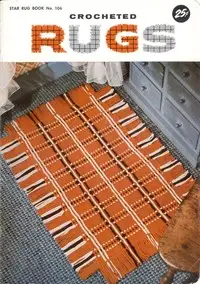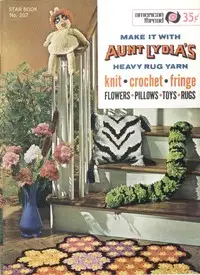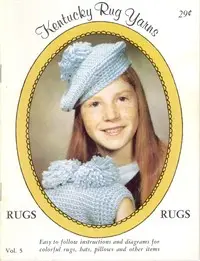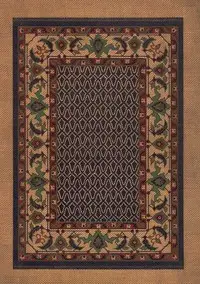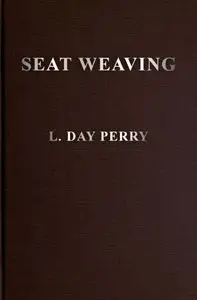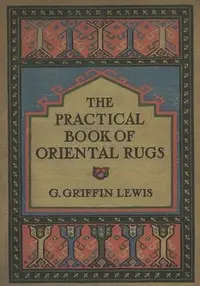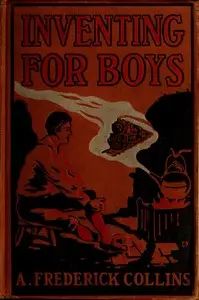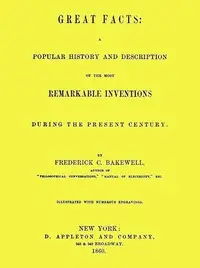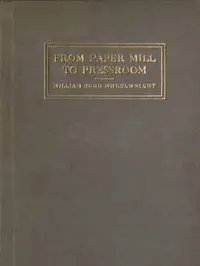"How to Make Rugs" by Candace Wheeler is a manual filled with techniques for people who want to learn rug weaving. This book explains everything needed to start making your own rugs, including what materials to use, different ways to weave, how to dye fabrics, and how to be creative with your designs. Early in the book, it talks about how important it is for people to make things at home, especially for women in the countryside, who can earn money and express themselves artistically by weaving rugs. The book highlights how making rugs can be a valuable way to improve local economies and family life. It mentions that making things by hand used to be common, but it has become less so, and encourages people to bring back rug weaving as a fun and useful activity.
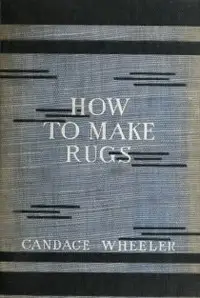
How to make rugs
By Candace Wheeler
Discover how to transform simple materials and artistic vision into handcrafted rugs, offering a path to creativity, income, and the revival of home industries.
Summary
About the AuthorCandace Wheeler, traditionally credited as the mother of interior design, was one of America's first woman interior and textile designers. She helped open the field of interior design to women, supported craftswomen, and promoted American design reform. A committed feminist, she intentionally employed women and encouraged their education, especially in the fine and applied arts, and fostered home industries for rural women. She also did editorial work and wrote several books and many articles, encompassing fiction, semi-fiction and non-fiction, for adults and children. She used her exceptional organizational skills to co-found both the Society of Decorative Art in New York City (1877) and the New York Exchange for Women's Work (1878); and she partnered with Louis Comfort Tiffany and others in designing interiors, specializing in textiles (1879-1883), then founded her own firm, The Associated Artists (1883-1907).
Candace Wheeler, traditionally credited as the mother of interior design, was one of America's first woman interior and textile designers. She helped open the field of interior design to women, supported craftswomen, and promoted American design reform. A committed feminist, she intentionally employed women and encouraged their education, especially in the fine and applied arts, and fostered home industries for rural women. She also did editorial work and wrote several books and many articles, encompassing fiction, semi-fiction and non-fiction, for adults and children. She used her exceptional organizational skills to co-found both the Society of Decorative Art in New York City (1877) and the New York Exchange for Women's Work (1878); and she partnered with Louis Comfort Tiffany and others in designing interiors, specializing in textiles (1879-1883), then founded her own firm, The Associated Artists (1883-1907).

